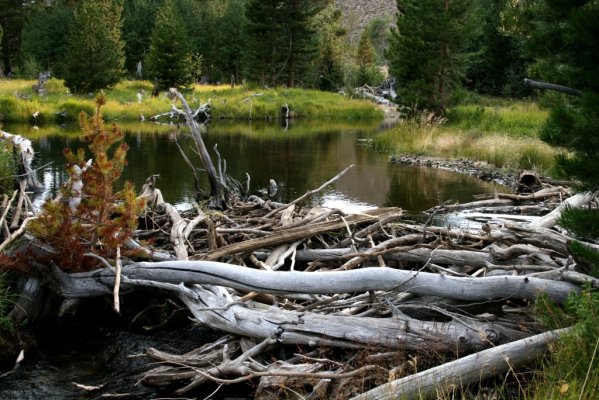
Interactions
Margariscus margarita have interactions with a variety of different species. As an omnivore (Encyclopedia of life, 2013), Margariscus margarita consumes a variety of food sources in their diet, which includes plants and animals. Margariscus margarita are a predator to animals such as beetles, copepods, mayflies, fingernail clams, water fleas (pictured on right), chironomids and other fly species (Goldstein, Harper, & Edwards, 2000; Stauffer, 2001).
To find out more about Margariscus
margarita nutrition and diet—(click
here)

While the Margariscus margarita have
a wide array of natural predators, larger fish species are not
usually one of them. This is because
Margariscus margarita tend to live in
shallow environments in which there is not a natural occurrence of
large predatory fish. However, this unnatural interaction between
large fish and
Margariscus margarita is becoming more common due to the
introduction of fish such as pike, sunfish, and trout by human
beings. The introduction of large predatory fish to environments of
Margariscus margarita is threatening to their existence.
Although Margariscus margarita are not considered an
endangered species in the United States, they are specified as
threatened and/or endangered in some states
(Cunningham, 2006).
Interaction with large predatory fish species is not the only interaction that threaten the Margariscus margarita population. Another danger to Margariscus margarita is destruction and restriction on beaver dams (as pictured below). Beaver activity is important to the Margariscus margarita species because they support a healthy habitat for Margariscus margarita. Beaver dams make breaks in streams and causes water to pool over vegetated areas. This ensures optimal living conditions for Margariscus margarita (Cunningham, 2006).
To learn more about the factors threatening peal dace and the management implications to protect this species- (Click here)

